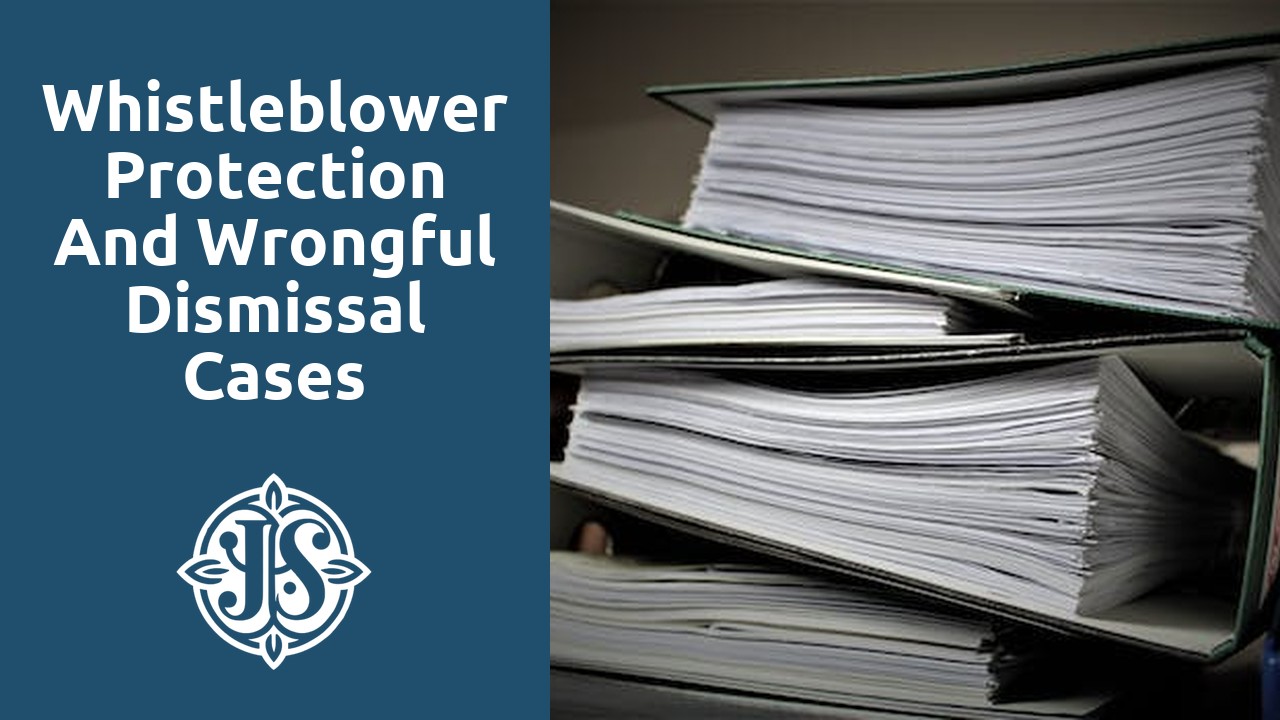Table Of Contents
Navigating Contract Disputes: The Power of Mediation
Mediation has emerged as a powerful tool in navigating contract disputes. With its focus on communication, collaboration, and compromise, mediation offers a unique approach to resolving conflicts that may arise between parties involved in a contract. Unlike traditional litigation, where parties are pitted against each other in an adversarial battle, mediation encourages a more cooperative environment where both sides can openly discuss their concerns and work towards finding mutually agreeable solutions.
One of the key advantages of mediation is its ability to preserve relationships. In contract disputes, maintaining a positive working relationship between the parties involved is often crucial for the success of future endeavors. By fostering open and respectful communication, mediation helps to minimize animosity and build understanding between the parties. This, in turn, allows for the exploration of creative solutions that may not be possible within the rigid confines of a court process. Mediation empowers the parties to take ownership of the resolution process, leading to outcomes that are not only legally enforceable but also tailored to their specific needs and interests.
Breaking Down Barriers: How Mediation Resolves Contract Conflicts
Mediation has emerged as a powerful tool for resolving contract disputes, breaking down the barriers that often impede the progress of negotiations. Unlike traditional litigation, which can be time-consuming, costly, and adversarial, mediation takes a different approach. It focuses on open communication, cooperation, and compromise to help parties find common ground and reach mutually beneficial agreements.
One of the key ways in which mediation resolves contract conflicts is by fostering constructive dialogue between the parties involved. The mediator acts as a neutral third party, facilitating communication and assisting the parties in understanding each other’s perspectives. Through active listening and effective communication techniques, the mediator helps break down barriers to effective communication that often arise in contract disputes. This enables the parties to exchange ideas, identify underlying interests, and explore potential solutions in a respectful and collaborative manner. By promoting open and honest communication, mediation helps create an environment where parties can work towards finding creative solutions and overcoming the obstacles that may have prevented resolution in the past.
A Closer Look at Mediation: The Solution for Contract Disputes
Mediation serves as an effective solution for resolving contract disputes, offering a closer look at its unique advantages. Unlike litigation, which can be time-consuming and costly, mediation provides a more efficient and cost-effective alternative. Through mediation, parties can avoid the lengthy court process and instead work towards a mutual agreement with the help of a neutral third party.
One of the key benefits of mediation is its flexibility. Unlike a courtroom setting where decisions are made by a judge or jury, mediation allows the parties involved to have a say in the outcome. This level of control enables them to craft a solution that best meets their individual needs and interests. Additionally, mediation promotes open communication and collaboration between the parties, allowing for a more constructive and respectful environment conducive to finding a resolution.
Unlocking Resolution: Mediation’s Impact on Contract Conflicts
Mediation has emerged as a powerful tool for resolving contract conflicts, offering a unique approach that can unlock resolutions that may seem impossible to achieve through other means. Unlike traditional litigation or arbitration, mediation puts control back in the hands of the parties involved, allowing them to collaborate and find creative solutions that are mutually acceptable. This collaborative approach breaks down barriers and allows for open communication, enabling the parties to understand each other’s needs and interests better.
By facilitating a cooperative and constructive atmosphere, mediation fosters the exploration of various possibilities and encourages compromise. It allows the parties to discuss their concerns and grievances in a structured and controlled environment, guided by a neutral mediator who ensures that the conversation stays focused and productive. This impartial third party can help the disputing parties see the bigger picture, enabling them to move beyond their rigid positions and explore alternative solutions that may be beneficial for both sides. Mediation’s impact on contract conflicts is not just limited to reaching a resolution; it also helps preserve relationships and maintain mutual respect, fostering a positive outlook for future business interactions.
The Mediator’s Toolbox: Techniques for Resolving Contract Disputes
Mediation is a versatile tool that offers a wide range of techniques for resolving contract disputes. Mediators employ various strategies to facilitate open communication, promote understanding, and help parties reach a mutually beneficial agreement. One such technique is active listening, where the mediator ensures that each party has the opportunity to express their concerns and perspectives fully. By actively listening, the mediator can identify common ground, potential areas for compromise, and underlying interests that may not be immediately apparent. This technique can help to build trust and rapport between the parties, setting a foundation for productive negotiations.
Another valuable technique utilized by mediators is reframing. In contract disputes, parties often have entrenched positions that can hamper progress towards a resolution. Through reframing, the mediator helps parties reframe their perspectives and approach the conflict with a fresh outlook. By encouraging parties to consider the situation from different angles, the mediator can help them see new possibilities and potential solutions. This technique can be particularly effective in breaking down barriers and shifting the focus from individual positions to a more collaborative problem-solving mindset. Through these and other techniques, the mediator’s toolbox equips them to navigate the complexities of contract disputes and guide parties towards successful resolution.
The Art of Compromise: Mediation’s Role in Contract Conflict Resolution
When it comes to resolving contract disputes, one of the most impactful strategies is mediation. This process, which involves a neutral third party facilitating dialogue between the parties involved, plays a crucial role in achieving a compromise that benefits both sides. In contract conflict resolution, mediation offers a unique approach that prioritizes finding common ground and reaching a mutually agreeable solution.
Mediation’s role in contract conflict resolution is rooted in the art of compromise. Rather than taking a combative or adversarial stance, the mediator guides the discussions with a focus on collaboration and understanding. Through open and honest communication, the parties are able to uncover their underlying interests and concerns, allowing for creative solutions that may not have been considered before. This emphasis on compromise sets mediation apart from other dispute resolution methods and can lead to resolutions that satisfy both parties’ needs.
Related Links
Understanding Liquidated Damages Clauses in Business Contracts
Contract Termination: Rights, Obligations, and Legal Implications




